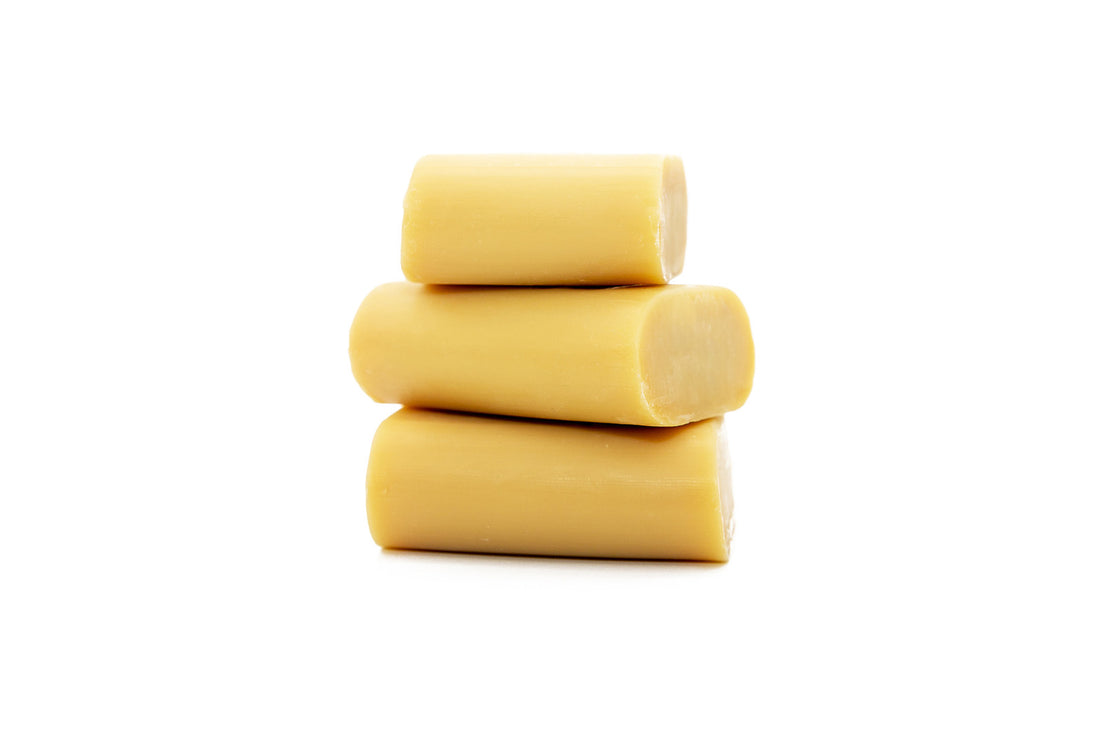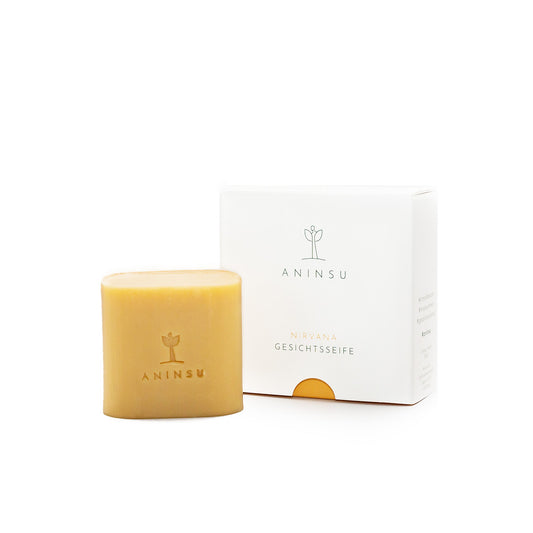Many are familiar with the situation: you have treated yourself to a nice bar of natural soap, enjoy the foam and everything is fine until the next time you wash your hands, you realize that the soap remained wet on the underside and started to get greasy. Why is that and is that a good sign?
A natural phenomenon
Since greasy soap is not necessarily very attractive and also feels unfamiliar, many people get the impression that this is a rather bad sign. The opposite is the case. First of all, something very simple: natural soaps are significantly more greasy than their synthetic counterparts. The latter may not smear at all, which is due to their ingredients. In short, the smearing of natural soaps is closely related to the naturalness of the raw materials used to produce them.
By the way: an important point is the issue of overgreasing , which only occurs with natural soaps. They are based on vegetable oils and fats that are saponified. The proportion that is not saponified and has a moisturizing effect is called overgreasing (sometimes also the degree of saponification). This is not the case with synthetic soaps and moisturizing substances, if they are present in the corresponding product, are added separately.
Soap needs to dry
When soap smears, it's not so much the soap itself, but the fact that it's on a surface that prevents it from drying. Nobody likes to have wet feet for hours, not even natural soap. Flat surfaces that don't drain properly are generally a bad idea, no matter how pretty they may be. If soap can dry well, then it doesn't smear, or only very little.
The right storage
Soap dishes are usually not really good, because the surface is often smooth and flat. The best are only those that have grooves so that the contact points between soap and bowl are as small as possible. In any case, soap strainers are good. For body and shower soaps, soap saver bags are the best choice, e.g. our Metanoia Soap Saver Bag .










